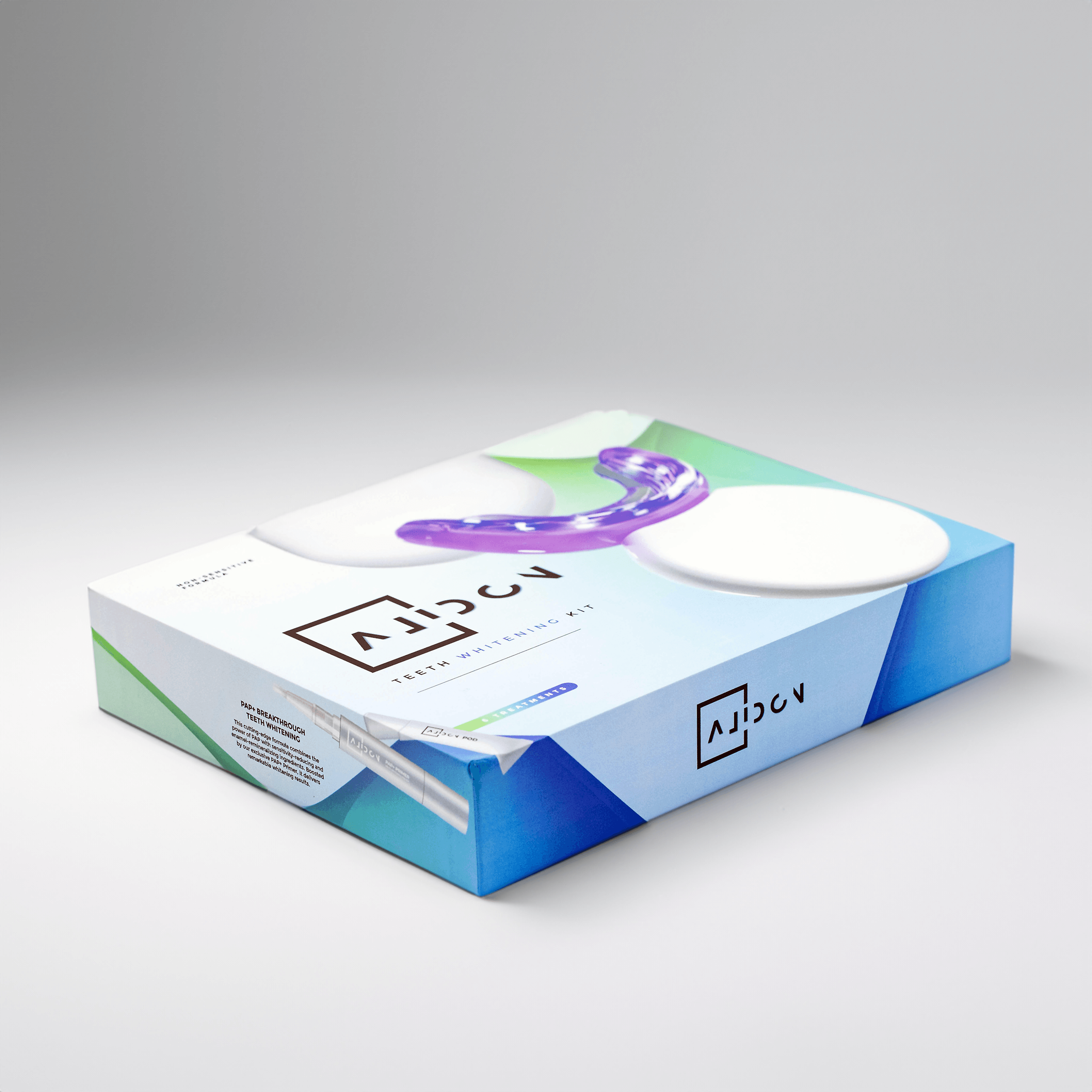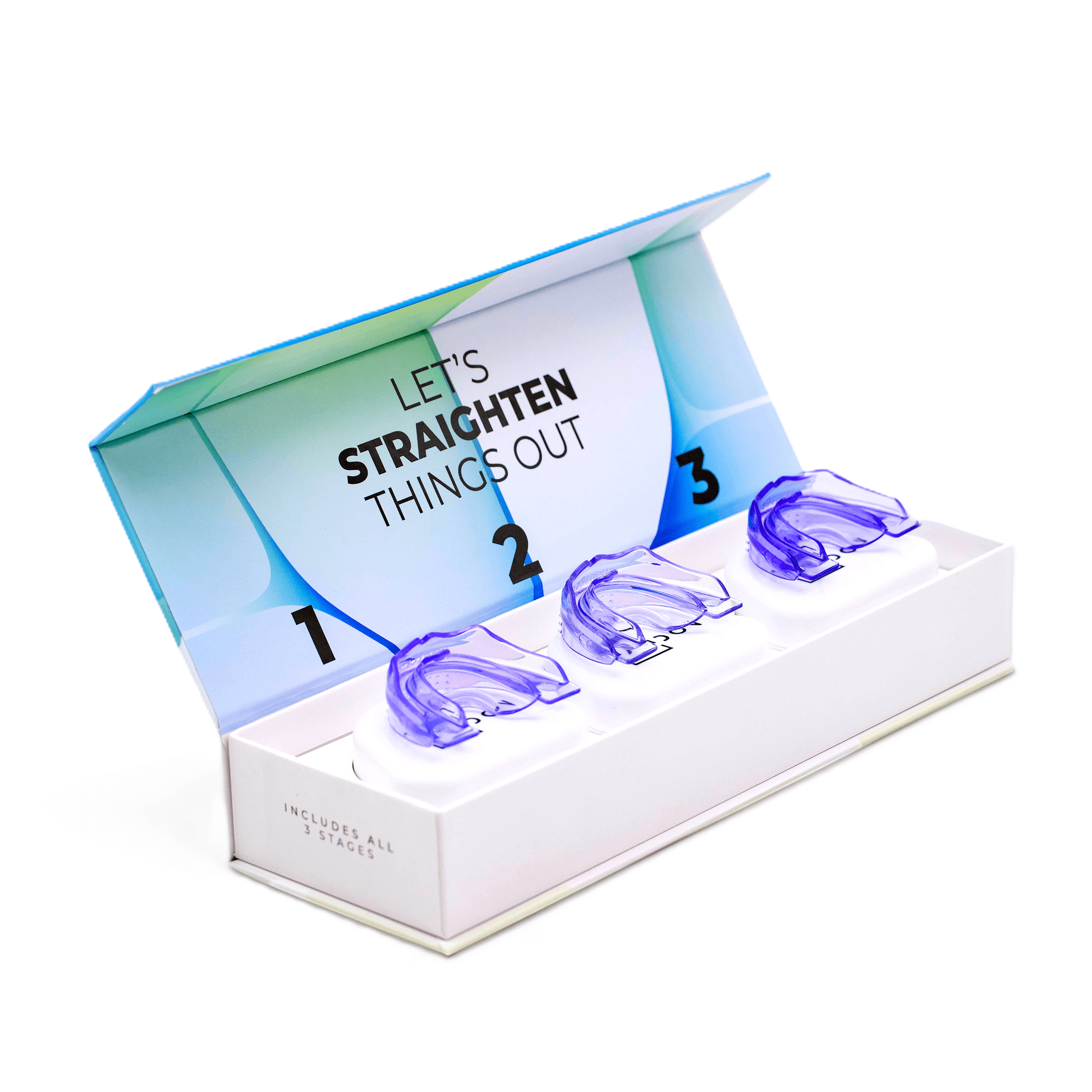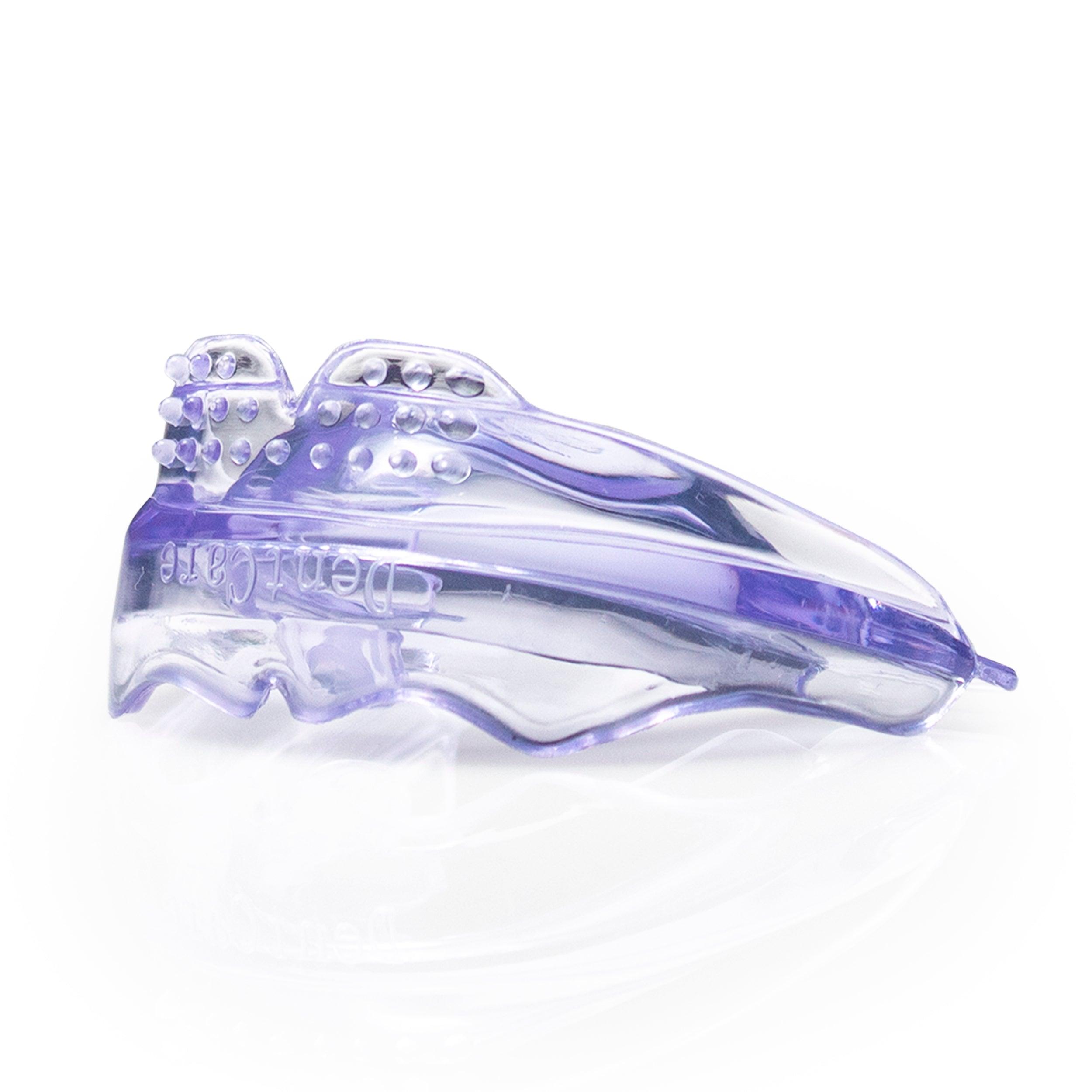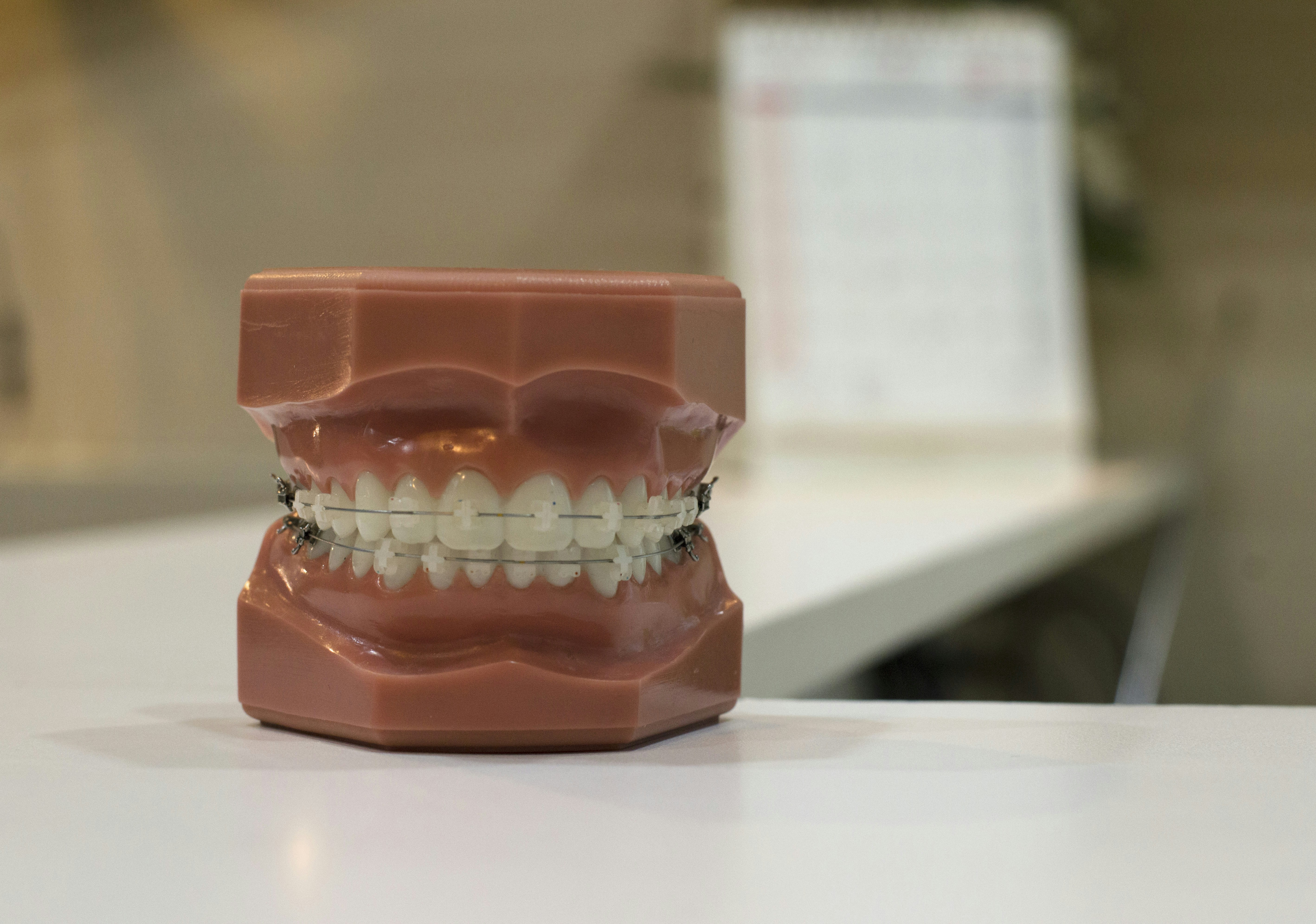Understanding the Cavity Filling Process: A Guide to Healthy Smiles
We’ve all been there – that moment when the dentist leans back, looks you in the eye, and utters the dreaded words: "You have a cavity." While the initial news might send a shiver down your spine, understanding the cavity-filling process can help alleviate anxiety and empower you to take charge of your oral health. Thankfully, with modern dentistry, getting a cavity filled is a routine procedure that is relatively quick and painless.
This comprehensive guide will walk you through each step of the process, demystifying what happens in the dentist's chair and giving you the knowledge to maintain that bright, healthy smile. Remember, knowledge is power, especially when it comes to your health!
Why Do We Get Cavities?
Imagine your teeth as a fortress, constantly under attack by an army of bacteria. These tiny invaders thrive on the sugary and starchy foods we consume, producing acids as a by-product. Over time, these acids can weaken the enamel – the hard, protective outer layer of our teeth – leading to tiny holes known as cavities.
Several factors increase your risk of developing cavities, including:
- Frequent snacking and sipping on sugary drinks
- Inadequate brushing and flossing, allowing plaque to build up
- Dry mouth, which reduces saliva flow, hindering its natural cleaning action
- Genetics, as some individuals are more prone to cavities.
Understanding these risk factors is crucial for prevention! By adopting a good oral hygiene routine, making smart dietary choices, and scheduling regular dental check-ups, you can significantly reduce your chances of encountering those pesky cavities.
Prepping the Battlefield: Numbing and Cleaning
Before the actual filling process begins, your dentist will ensure your comfort and prepare the affected tooth. The first step involves numbing the area around the tooth with a local anesthetic. This ensures a pain-free experience throughout the procedure. Don't worry; you'll still be able to feel pressure, but any sharp sensations will be blocked.
Once the anesthetic takes effect, the dentist will use a small, spoon-shaped instrument called an excavator to remove any decayed or weakened enamel. They may also use a dental drill to access and clean out the cavity thoroughly. This step is crucial to prevent further decay and create a clean surface for the filling material to adhere to.
Throughout the cleaning process, your dentist will use water to cool the drill and flush away debris. Don't be surprised by the sounds and sensations – it's all part of the process! Rest assured, your dentist will explain each step and address any concerns you may have.
Restoring the Fortress: Applying the Filling
With the cavity prepped and cleaned, it's time to rebuild the damaged structure with a filling. The most common type of filling used today is composite resin, a tooth-colored material that blends seamlessly with your natural teeth. Your dentist will carefully select a shade that matches your enamel, ensuring a natural-looking result.
The composite resin is applied in layers, with each layer hardened using a special curing light. This light helps to bond the material, creating a strong and durable restoration. Your dentist will meticulously shape and sculpt the filling to match the contours of your tooth, ensuring a comfortable bite and a natural appearance.
Once the final layer is applied and cured, your dentist will polish the filling, giving it a smooth and shiny finish. You'll be amazed at how seamlessly the filling blends in with your natural tooth! With the cavity filled and your tooth restored, you're ready to flash that confident smile once again.
Life After the Battle: Caring for Your Filling
Congratulations on conquering your cavity! Now, it's time to fortify your defenses and ensure your newly filled tooth stays strong and healthy for years to come. Just like your natural teeth, fillings require proper care and attention to prevent future issues.
Here are some essential tips for caring for your filling:
| Tip | Description |
|---|---|
| Brush and Floss Regularly | Maintain a consistent oral hygiene routine, brushing twice a day and flossing daily. Pay extra attention to the area around the filling, ensuring no food particles get trapped. |
| Choose a Soft-Bristled Toothbrush | Opt for a soft-bristled toothbrush to avoid damaging the filling or irritating your gums. |
| Visit Your Dentist Regularly | Schedule regular dental check-ups and cleanings to monitor your oral health, catch any potential issues early on, and ensure your filling is in good shape. |
| Be Mindful of Your Diet | Limit sugary and acidic foods and beverages, as they can weaken fillings over time. Opt for tooth-friendly snacks like fruits, vegetables, and cheese. |
| Avoid Chewing on Hard Objects | Refrain from chewing on ice, hard candies, or other hard objects, as they can chip or crack your fillings. |
By following these simple yet effective tips, you can maintain the integrity of your filling, prevent future dental issues, and enjoy a healthy, radiant smile for years to come. Remember, a little care goes a long way in preserving your precious pearly whites! For maintaining that bright smile, you can explore Alidon's teeth whitening solutions.
FAQs
What are some signs I might have a cavity?
While some cavities may be silent and only detectable by a dentist, others can cause noticeable symptoms, such as:
- Toothache or sensitivity, especially when eating or drinking something sweet, hot, or cold
- Visible pits or holes in your teeth
- Brown or black staining on the tooth surface
- Pain when biting down
If you experience any of these symptoms, it's essential to schedule an appointment with your dentist as soon as possible. Early detection and treatment are crucial for preventing further damage and preserving your oral health. Alidon products such as the Stage 1 Mouthpiece, Smile Aligner Kit, Stage 2 Mouthpiece, Stage 3 Mouthpiece, Teeth Transformation Kit, and Teeth Whitening Kit have been vetted, tested, and approved, making them a trusted choice for your oral care needs.
How long does a filling last?
The lifespan of a filling varies depending on several factors, including the type of filling material used, the location of the filling, and your oral hygiene habits. On average, composite fillings can last anywhere from 5 to 15 years or even longer with proper care.
Will I need to avoid certain foods after getting a filling?
Immediately after getting a filling, your dentist may advise you to avoid chewing on the treated area until the anesthetic wears off and the filling has fully hardened. Once the filling is set, you can generally resume your normal diet. However, it's always a good idea to be mindful of foods that are particularly hard, sticky, or chewy, as they can potentially damage or dislodge a filling.









